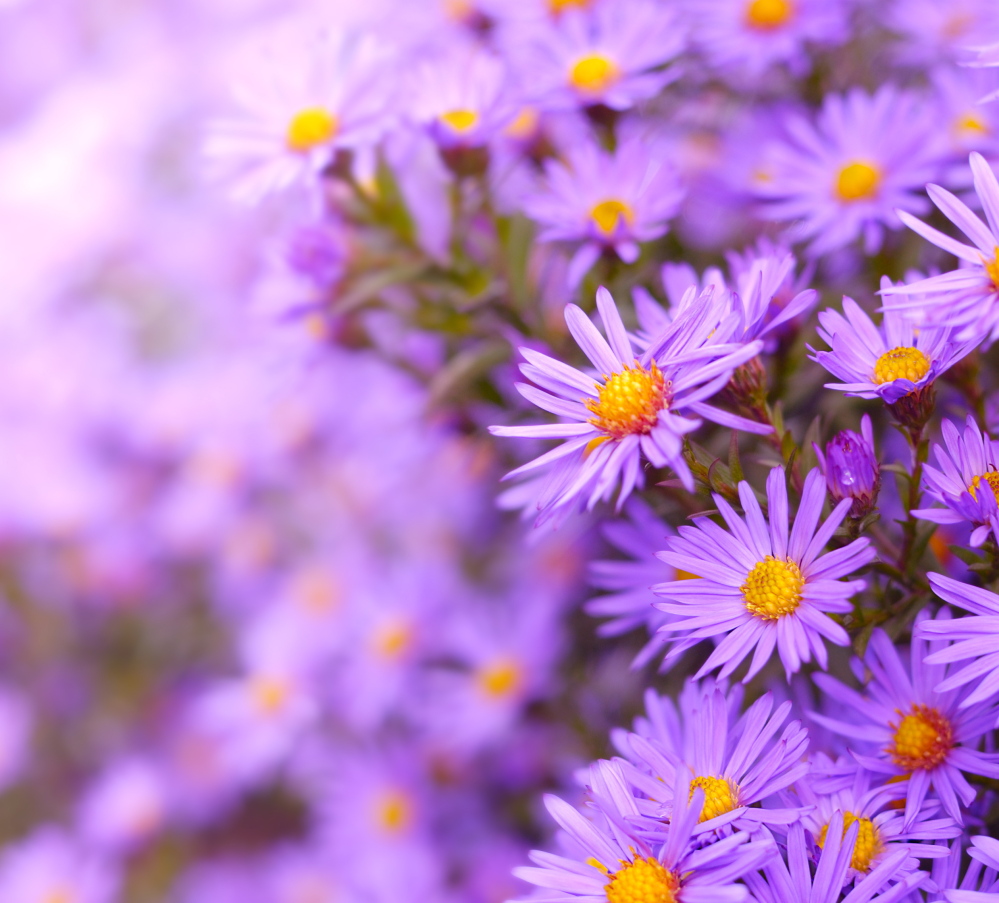People love color in their gardens in the fall, which is why nurseries are now selling asters and chrysanthemums.
Of the two, I prefer asters. First, they are native – with the botanical name Aster novae-angliae, Latin for New England. Second, asters are more likely to be perennial, coming back year after year. Some chrysanthemums also are perennial, but they probably would not develop enough roots to survive the winter if planted this late in the season.
Asters come in pink, purple, almost red and almost blue. Several varieties will survive a winter in Maine. Plus growers are always coming up with new ones; a recent nursery search I made came up with some lovely asters but none whose names I recognized.
When you get your asters home and take them out of the pot, the root is likely to maintain the form of the pot in which it was growing. Break up that root with your trowel, to keep the roots from all growing in the same circle. As with all recent plantings, water deeply when you first plant the asters and regularly thereafter. You won’t need to fertilize until spring.
If your aster survives the winter, as it should, you may have one task next summer: Asters growing naturally get too tall and flop in wind and heavy rain. Cut the main stalks on the asters in half in June, and you will have shorter, stouter asters the following year. Yes, the 1-foot-tall asters you purchased this fall may be 3-feet-tall next fall. They had seasonal trims at the nursery.
If you are looking for truly short, front-of-the-border asters, buy ‘Purple Dome’ or ‘Woods Purple,’ ‘Woods Pink’ or ‘Woods Blue.’
— TOM ATWELL
Send questions/comments to the editors.



Success. Please wait for the page to reload. If the page does not reload within 5 seconds, please refresh the page.
Enter your email and password to access comments.
Hi, to comment on stories you must . This profile is in addition to your subscription and website login.
Already have a commenting profile? .
Invalid username/password.
Please check your email to confirm and complete your registration.
Only subscribers are eligible to post comments. Please subscribe or login first for digital access. Here’s why.
Use the form below to reset your password. When you've submitted your account email, we will send an email with a reset code.